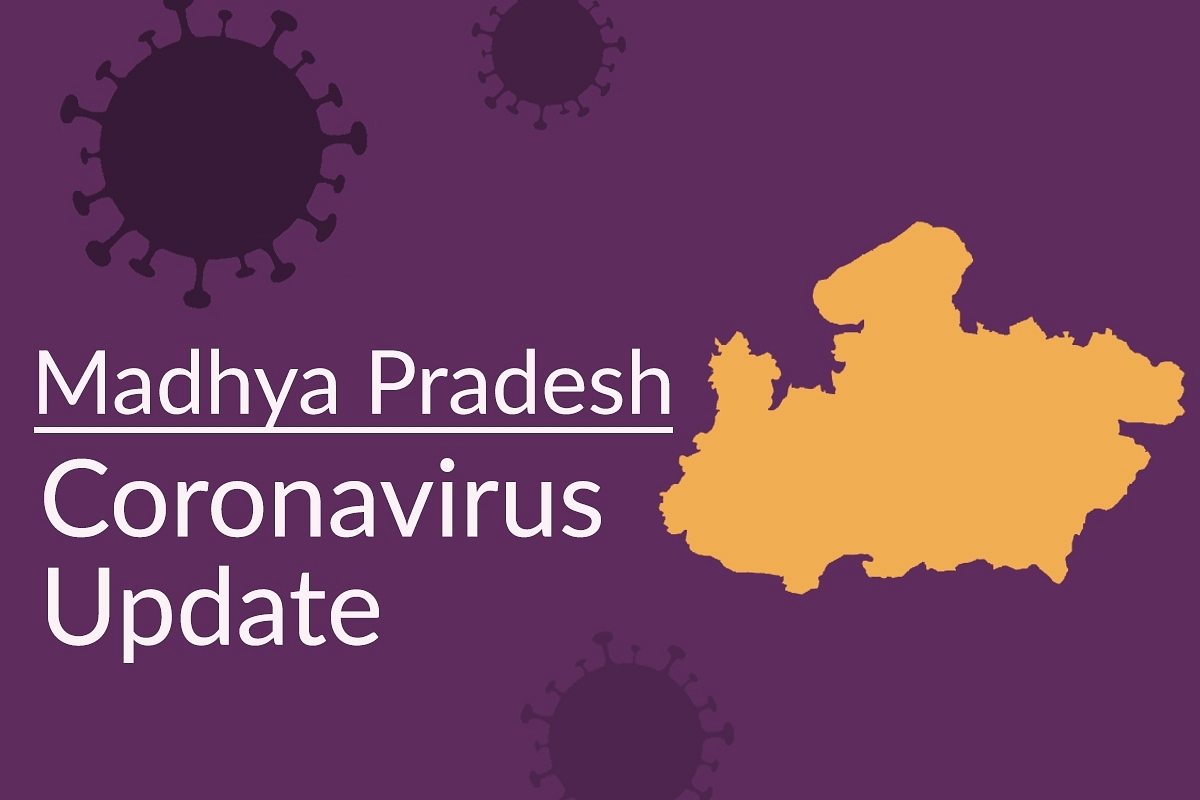Politics
Has Madhya Pradesh Flattened The Curve?
- Latest data indicates that the state has been commendably successful in containing the epidemic, and looks set to slowly rid itself of the contagion over the coming month.
- This, despite the histrionics by Tablighi Jamaat and a confusion-ridden erstwhile Kamal Nath government.

Madhya Pradesh Coronavirus Update
There’s an old saying: ‘Don’t jinx something by talking about it’.
Nonetheless, we could say, with fingers crossed, that Madhya Pradesh (MP) has become the first state in India to conclusively flatten the Wuhan Virus curve.
It didn’t seem that way some months ago, when the state was hit by the Tablighi Jamaat exodus from their Nizamuddin Markaz in Delhi.
First Indore, and then Bhopal, fell to the utter, criminal irresponsibility of the Jamaat’s members, who surreptitiously carried the virus within them, from the capital to the heart of India.
Case counts soared, and for a while, it appeared that MP would go the way of Tamil Nadu or Delhi.
Then, to make matters worse, this misfortune was exacerbated by the wholly-unwarranted, politically-instigated migrant labour crisis, which spread both the epidemic, and needless alarm, to the rural areas.
Fresh clusters sprang up in dozens of districts, putting severe pressure on state health resources, already stretched thin by the two mega urban clusters.
Also, lest we forget amidst the health mayhem, the onset of the epidemic coincided with the Kamal Nath political experiment running its course.
A sordid, year-long drama of Congress cluelessness mercifully came to an end with Jyotiraditya Scindia splitting the party in exit.
The new Chief Minister, Shivraj Singh Chouhan, therefore, had almost no time for acclimatization and settling in, before he was handed the toughest test of his political career.
And yet, by the end of May, the state administration had managed to identify and isolate hotspots, and reduce growth exponents incrementally.
To the extent that now, the latest data indicates that the state has been commendably successful in containing the epidemic, and looks set to slowly rid itself of the contagion over the coming month.
The strongest evidence is from the daily case count, which plateaued around the middle of May, and then from month-end, commenced a sustained trend of steady decline:
Interestingly, the data seems to indicate that MP was already hit by the Tablighi Jamaat before the lockdown.
As can be seen from the green, dashed line in the chart above, a trend projection based on data up to 30 March is not too divergent from the actual, blue, cumulative cases curve.
This ties in with the Markaz timelines of mid-March, and the demographics of the first clusters to develop in both Indore and Bhopal.
The declining trend becomes more apparent, and determinate, in a daily cases versus cumulative cases log-log plot.
The sustained nature of the downward trend (yellow line) is self-evident in the second chart placed below:
This good news notwithstanding, a robust analytical workflow dictates that the deductive process must include other key parameters, if confidence levels on conclusions derived are to hold.
For this, we must study the testing data of MP.
Accordingly, a positivity plot was generated on MP data up to 20 June (inclusive), and plotted comparatively against the four largest epidemic-affected states (Maharashtra, Tamil Nadu, Gujarat & Delhi), and two control states (Andhra Pradesh and Kerala).
The results confirm the original conclusion, and are demonstrated in the chart below.
Note that positivity is plotted on the Y-axis in Cartesian scale, against cumulative tests per million on the X-axis in logarithmic scale.
As we see, the MP positivity curve has adopted a sustained, declining trend (the broad, blue line), even as testing rises to cover larger portions of the population.
The heartening nature of the MP positivity trend is highlighted by the steepness of the Delhi (green) and Maharashtra (black) curves, which also, additionally put the MP situation in better perspective.
Positivity in MP has consistently declined from an alarming 8 per cent to 4 per cent on data, and looks set to continue this decline in the coming week.
Further, the state’s recovery rates are at an excellent 75 per cent, and rising. In comparison, the national recovery rate stands at 55 per cent.
Regarding the two principal clusters, we note that the recovery rate in Indore is 74 per cent, and that in Bhopal is 70 per cent.
Ujjain, which was the third largest cluster to form, has a current recovery rate of 81 per cent.
Thus, as on date, and fingers crossed once more, it may be inferred that MP has flattened the Wuhan Virus curve.
What remains now is a continuation of such stellar efforts, to ensure that fresh clusters do not emerge, and that the virus passes out of the existing containment zones.
In the interim, perhaps, ‘Kerala Model’ Chief Minister Pinarayi Vijayan might care to dial Mr. Shivraj Singh Chouhan for a few vital, epidemic management tips.
Support Swarajya's 50 Ground Reports Project & Sponsor A Story
Every general election Swarajya does a 50 ground reports project.
Aimed only at serious readers and those who appreciate the nuances of political undercurrents, the project provides a sense of India's electoral landscape. As you know, these reports are produced after considerable investment of travel, time and effort on the ground.
This time too we've kicked off the project in style and have covered over 30 constituencies already. If you're someone who appreciates such work and have enjoyed our coverage please consider sponsoring a ground report for just Rs 2999 to Rs 19,999 - it goes a long way in helping us produce more quality reportage.
You can also back this project by becoming a subscriber for as little as Rs 999 - so do click on this links and choose a plan that suits you and back us.
Click below to contribute.
Latest